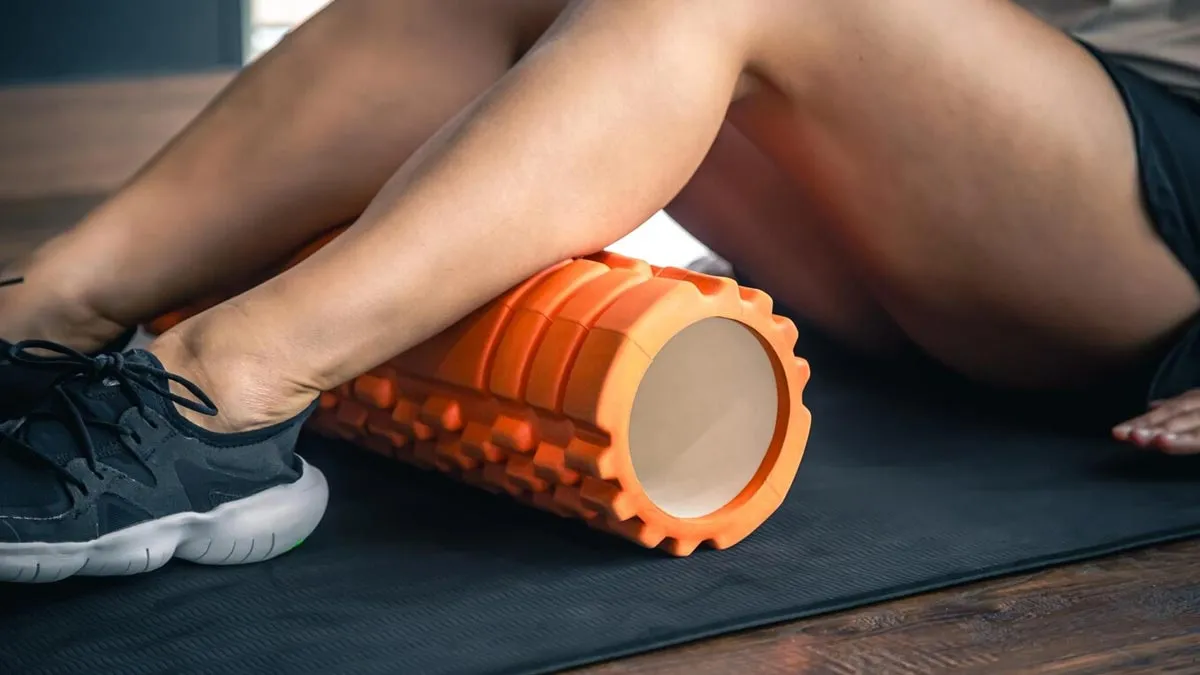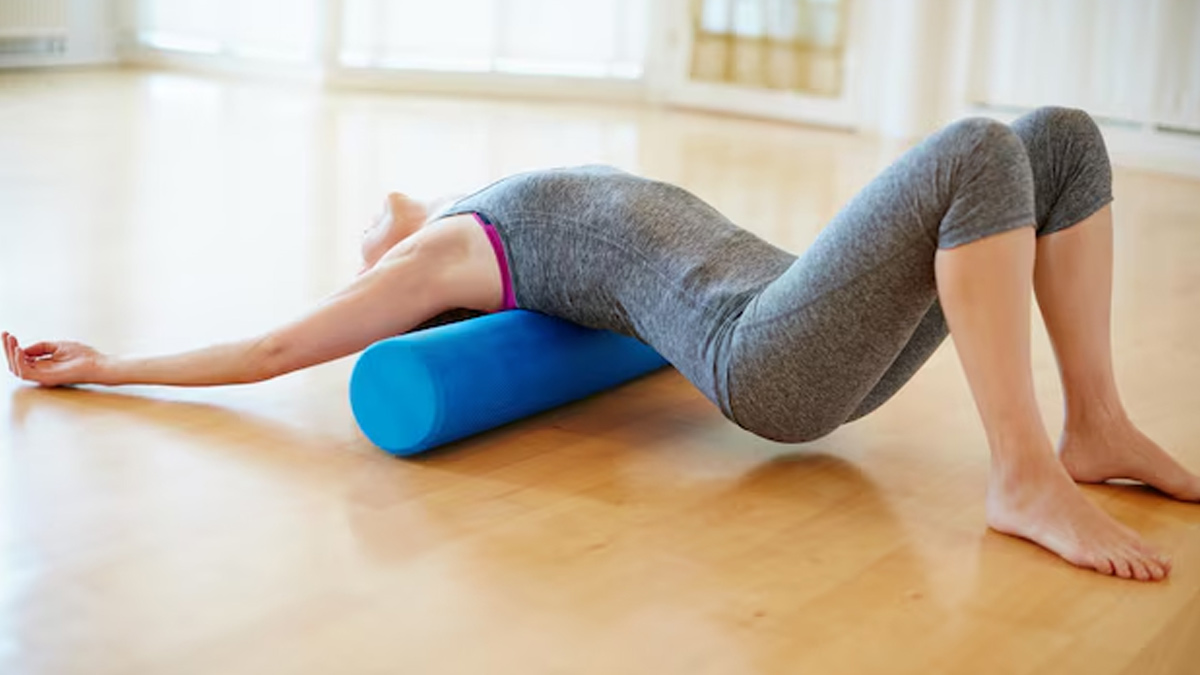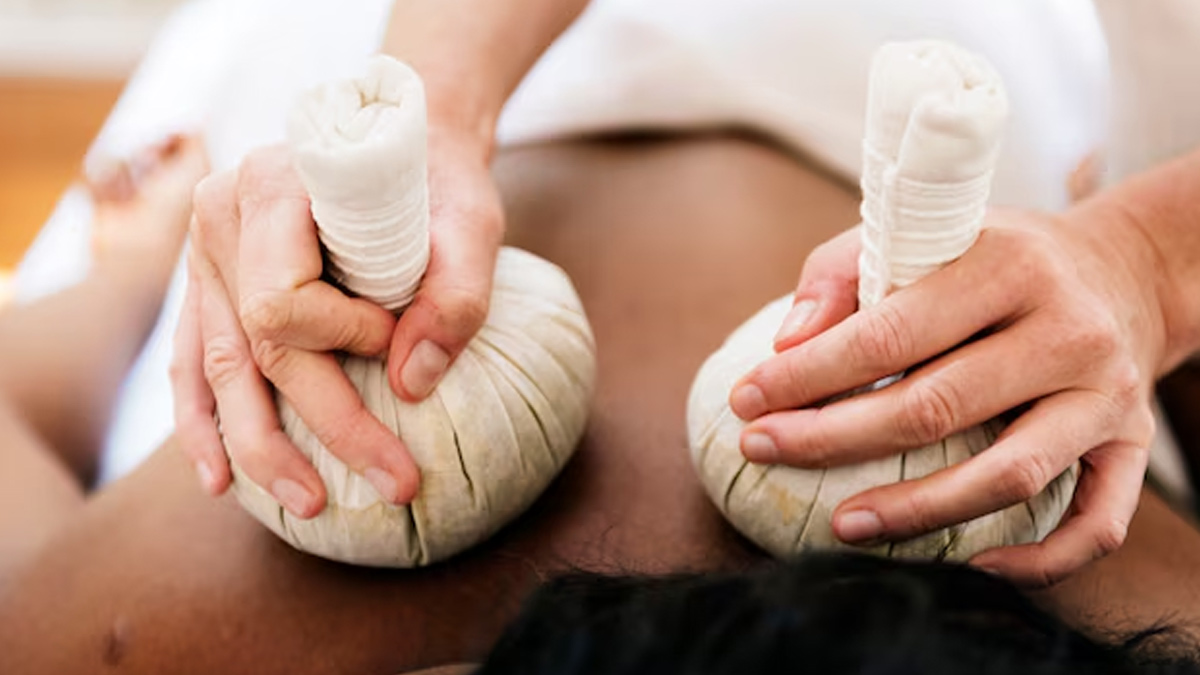
Have you ever woken up feeling stiff, as if your body is bound in invisible tight bands? That’s your fascia speaking. This web-like connective tissue covers your muscles and organs and has a significant impact on flexibility, movement, and even pain relief. However, we rarely pay attention to it until something feels off. In this article, we list simple yet effective habits to preserve your fascia health, support you in your ease of movement, and remain pain-free.
Table of Content:-
Fascia is a thin sheet of connective tissue composed of collagen that cushions and stabilises muscles and internal organs. Consider it the body's natural scaffolding, giving structure and enabling various parts of the body to move in sync. When fascia is healthy, it's flexible and moves freely with the body. However, when it stiffens or dehydrates, it can cause pain, limited movement, and a greater risk of injury.
Tips To Keep Your Fascia Healthy And Mobile
1. Stay Hydrated

Keeping your hydration levels optimal can help the fascia to remain flexible and work properly. When fascia gets dehydrated, it tends to become stiff and sticky, causing movement difficulties. Hence, sip enough water throughout the day to keep the tissue elastic and prevent it from becoming hard.
2. Practice Gentle Stretching
Unlike muscles, fascia is more responsive to slow, sustained stretches than forceful, quick movements. Yoga and Pilates stretch and hydrate the fascia, enabling increased mobility and reduced tension. The Australian Institute of Fitness (AIF) states that regular physical activity helps to keep the fascia hydrated and flexible by increasing the production of hyaluronic acid, a substance that facilitates tissue movement.
3. Move in Different Ways

Did you know that repetition of activities or prolonged sedentary postures can cause the fascia to contract? Thus, adopting diversification in exercises, like dancing, swimming, or functional training needs to be done to keep the fascia mobile and not rigidified.
Also Read: Fascia Fixes: 6 Effective Techniques To Reduce Pain And Minimise Cellulite
4. Avoid Prolonged Sitting
A sedentary lifestyle can be a contributor to many health issues and can impact fascia health too. Prolonged sitting can cause the fascia to become tense, especially in the lower back and hips. Hence, it's time to take a break from sitting with breaks to stand or stretch to prevent your connective tissue from getting tense and rigid.
5. Experiment with Myofascial Release Techniques

You can even practice self-massage techniques, including foam rolling and massage balls. This can loosen up adhesions (knots) in the fascia, improve circulation, and ease tightness. Practice slow, controlled movements and use moderate pressure to prevent inflammation.
6. Practice Good Posture
Misaligned fascia, which results from poor posture, can lead to stiffness and long-term pain. A neutral spine with good body mechanics can help keep fascia aligned and functioning properly.
Also Read: Stiff Hips in the Gym? Identify the Causes and Learn How to Loosen Up
7. Use Heat Therapy

Application of heat over tight or painful areas can improve circulation and make fascia more flexible. A warm compress or a hot bath may help relax tension and increase movement.
8. Follow a Fascia-Friendly Diet
Food rich in collagen, like bone broth, leafy greens, and berries, nourishes the fascia. Anti-inflammatory foods like turmeric, ginger, and omega-3 fatty acids can be added to prevent tissue stiffness and inflammation.
9. Prioritise Recovery and Rest
Excessive use of the body without allowing it time to rest can cause inflammation of the fascia. Rest, appropriate sleeping, and relaxation techniques like deep breathing or meditation will help maintain healthy fascia.
[Disclaimer: This article contains information for informational purposes only. Hence, we advise you to consult your professional if you are dealing with any health issue to avoid complications.]
Also watch this video
Read Next
Prevention Of Blindness Week 2025: Theme, History, Importance, And Essential Summer Eye Care Tips
How we keep this article up to date:
We work with experts and keep a close eye on the latest in health and wellness. Whenever there is a new research or helpful information, we update our articles with accurate and useful advice.
Current Version
